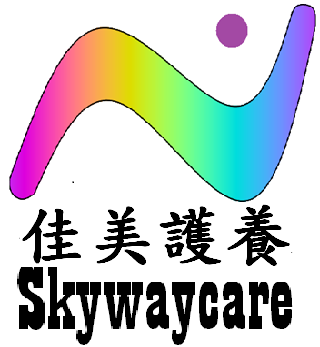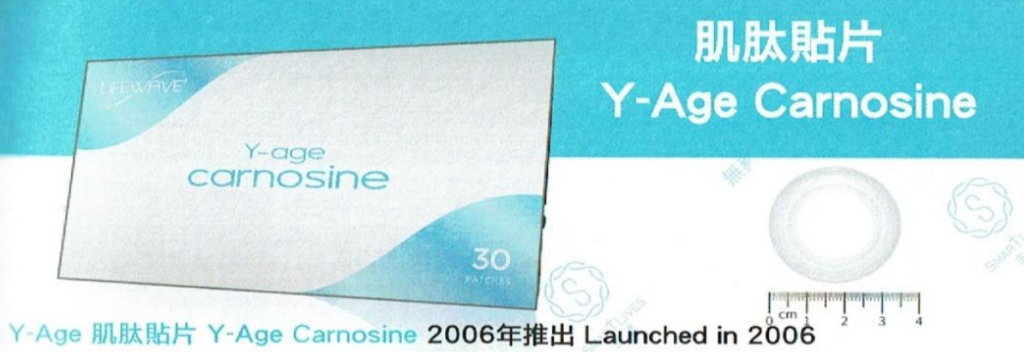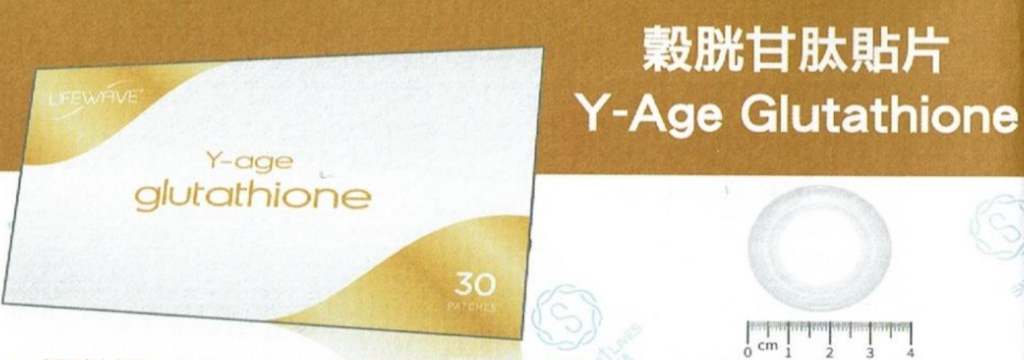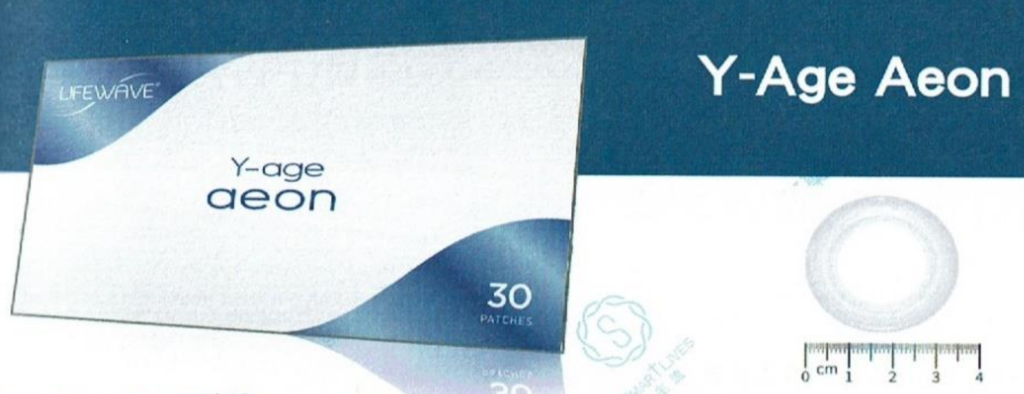Lifewave and Energy Wave are two different brands of frequency therapy patches that use frequency to stimulate the body and improve health, however, they have some differences in product, ingredients and scientific evidence. Lifewave is a company founded in 2004 by David Schmidt, who holds more than 70 patents in the field of regenerative science, Lifewave offers a variety of patches (as diagram below) that target different aspects of health, such as energy, sleep, pain relief, stem cell activation, cognitive function and skin quality, Lifewave claims that their patches use infrared light to reflect the body’s own heat and activate specific acupuncture points on the skin, also claiming that their patches are based on scientific research and that they have conducted clinical studies to back up their claims.
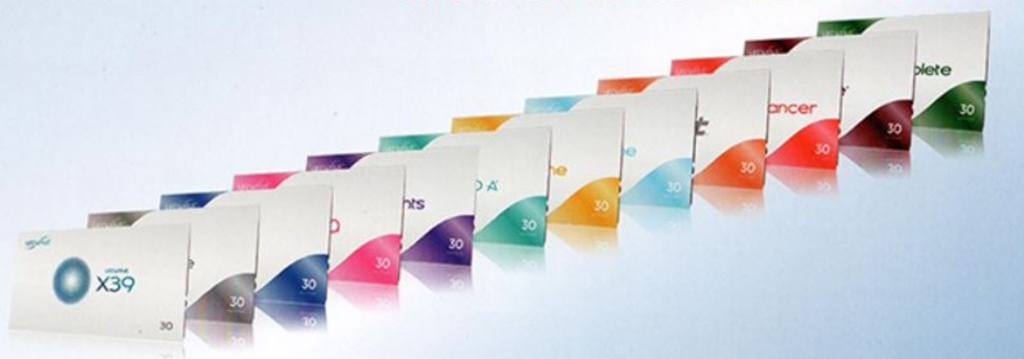
Energy Wave is a company founded in 2006 by Dr. Hooman Nazeran, a biomedical engineer and electrical gap scanning (EIS) specialist. Energy Wave provides a variety of frequency therapy patches and various wearing styles (as shown below), such as energy enhancers and fat reduction patches. Energy Wave claims that their patches use nano-scale semiconductor biomolecular antennas and scalar wave energy technology, which can Resonates with certain biomolecules in cells and emits frequency signal frequencies of specific metabolic pathways, also claims that their patch is based on scientific research, and they have conducted clinical studies to back up their claims.
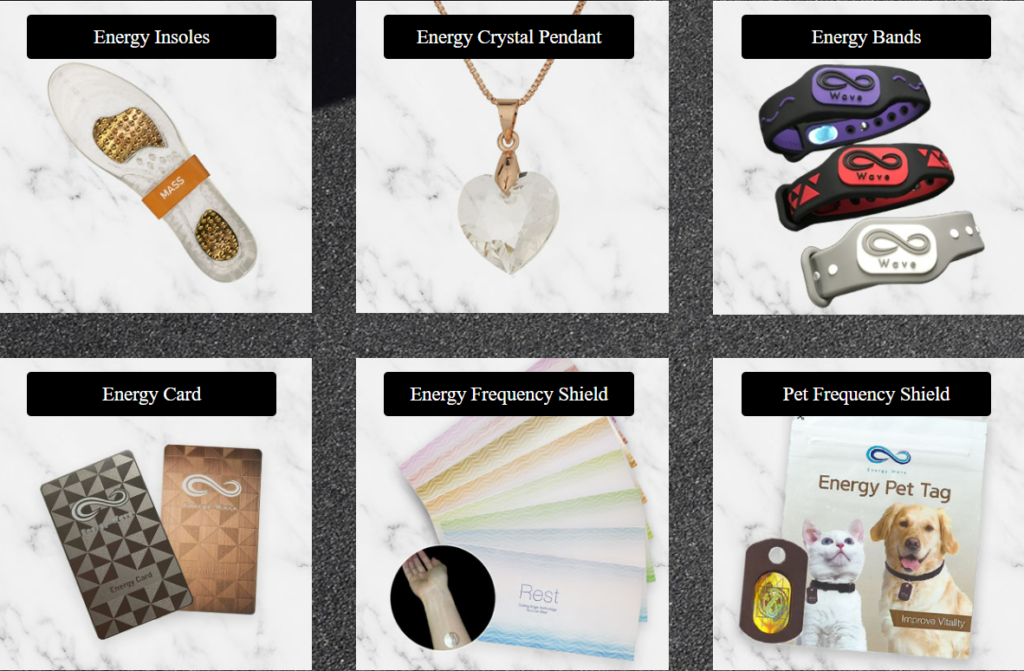
Some key differences between Lifewave and Energy Wave are:
- Lifewave has a variety of patches with different specific functions to choose from, while Energy Wave has a variety of strap styles to choose from in addition to specific function patches.
- Lifewave uses infrared light as the primary mechanism of action for its patches, while Energy Wave uses nanoscale semiconductor biomolecular antennae and scalar wave energy technology.
- Lifewave focuses on stimulating acupuncture points on the skin, while Energy Wave focuses on signaling of metabolic pathways within cells.
- Lifewave has more patents and publications than Energy Wave, which may indicate a higher level of innovation and credibility.
Both Lifewave and Energy Wave have received positive reviews from some customers who have reported benefits from using their patches, however, more independent and rigorous research should be needed to verify the claims and mechanisms of both brands and their impact on health and wellness . The production process of these two brands has been approved by the Food and Drug Administration (FDA), but the safety and efficacy of use have not been officially evaluated and certified by the FDA or any other regulatory agency, so they can only be To be used as an adjunctive or alternative treatment, not a formal official treatment.
